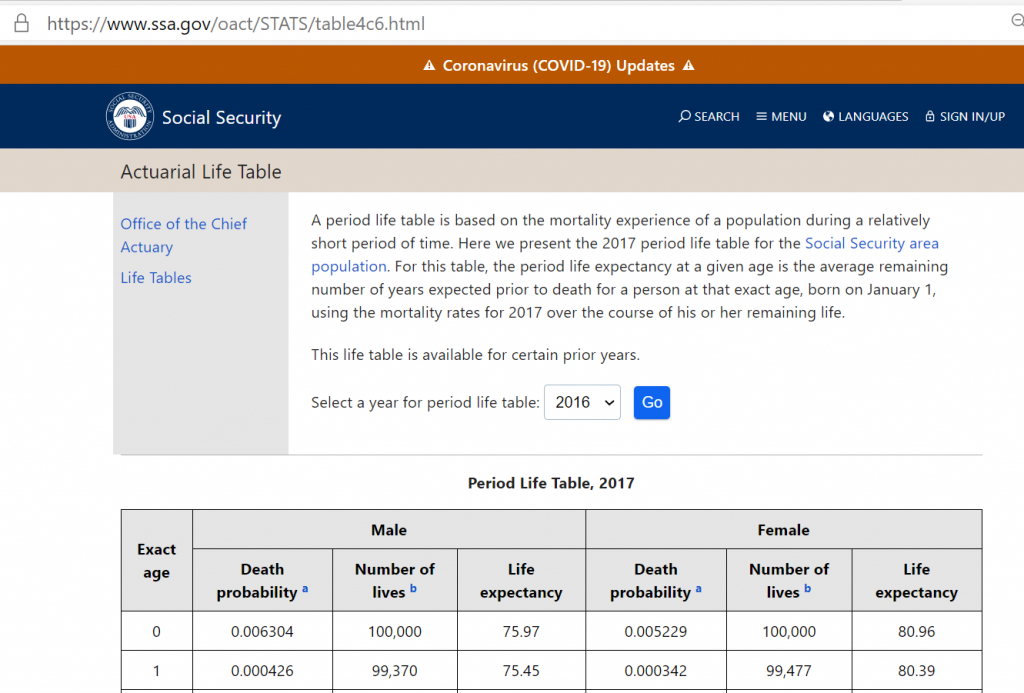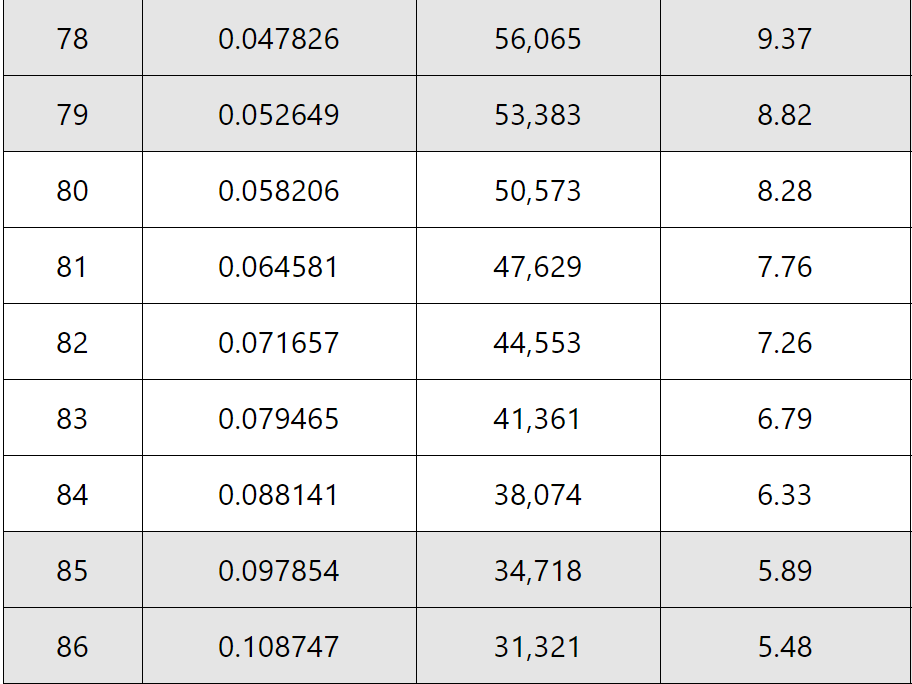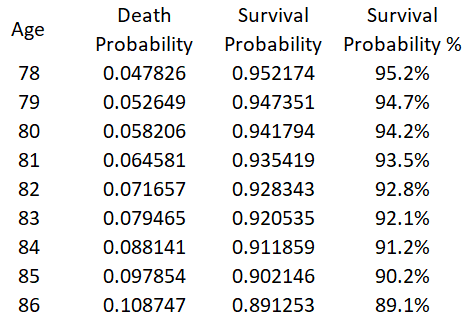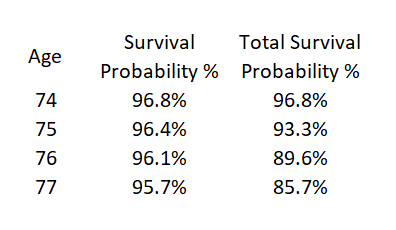
The World Health Organization has advice about how to deal with the flu. They also have some articles that compare and contrast the flu with COVID-19. (For a recent interview, click here.)
Likewise, the CDC have information on the flu. (And here.) They also have articles that compare and contrast the flu with COVID-19.
We are all aware of how deadly Coronavirus can be. I wrote an article here. Three weeks later, the CDC produced their own article here. The table below compares/contrasts the results of the two articles. My article (labelled in the table as BT/NY) relied on New York data. The CDC’s estimate appears to be nationwide. From here on, in this article, when I refer to the survival rate of COVID-19, I am referring to the CDC’s figures.

The CDC provides recommendations on how to deal with the situation, as does the World Health Organization. (The World Health Organization also has a myth buster section.) I am providing no additional guidance on how to deal with the COVID-19; I only reference the CDC’s estimate of the COVID-19 survival rate to provide context.
Having said that, how deadly is the flu?
The CDC provides estimates of how many people will show symptoms of the flu and, of these, how many will die as a result. The table below is an image from their website. (Note that “95%Ul” means the upper 95% percentile and lower 5% percentile of their estimate.)

We can take the ratio of symptomatic illnesses to deaths to estimate the survival rate of those who have symptoms.

The above table shows the survival rate for those having symptoms of the flu.
Please note, that this is for all Americans and 40 to 60% of Americans receive the flu vaccination, as the chart below shows. One can only guess what the flu death rates would be without a vaccine.

You may be wondering about the frequency of asymptomatic carriers of the influenza virus. This is difficult to answer. I believe this article, published by the National Institute of Health, provides the best overview of knowledge on this topic. The article shows that academic studies which attempt to estimate this value have a very wide range. The estimates of asymptomatic fraction range from 0% to 100%. For purposes of this article, let’s assume that the asymptomatic fraction is 50%. This would imply that for every symptomatic case of the flu, there is an additional person who is infected with the influenza virus who could theoretically be passing it on to others.
If we adjust our table by this ratio, our mathematics look like this.

Because of the massive coverage of the ongoing COVID-19 pandemic, most people are aware of the lethality of COVID-19. However, many people may not be aware of corresponding data on the flu. The table below compares/contrasts these statistics.

You can compare the survival and death rates of various age ranges using the table above.
Post script:
You may be wondering how often individuals contract the influenza virus. The image below, copied from Oxford Academic, provides an estimate of the frequency of flu symptoms of 8.3% for all ages (which takes into account the flu vaccine). If we assume a yearly rate of 8.3% of Americans contracting symptomatic flu and 8.3% contracting asymptomatic flu (consistent with our assumption of 50% asymptomatic above), then we are assuming 16.6% of Americans will contract the influenza virus each year. If we assume this 16.6% is constant across the population from year to year, then using a Kaplan-Meier estimate, the median American (assuming 50% asymptomatic) will contract the influenza virus approximately every 4 years (although symptoms may appear on average only every 8 years). (You see this by multiplying (1-.166) until you get below .5)

Some sources on the flu vs COVID-19 can be seen by John Hopkins here, and the CDC here. Note that the CDC says that both the flu and COVID-19 can spread prior to a person becoming symptomatic.

If you found this information useful, please consider reposting.

















